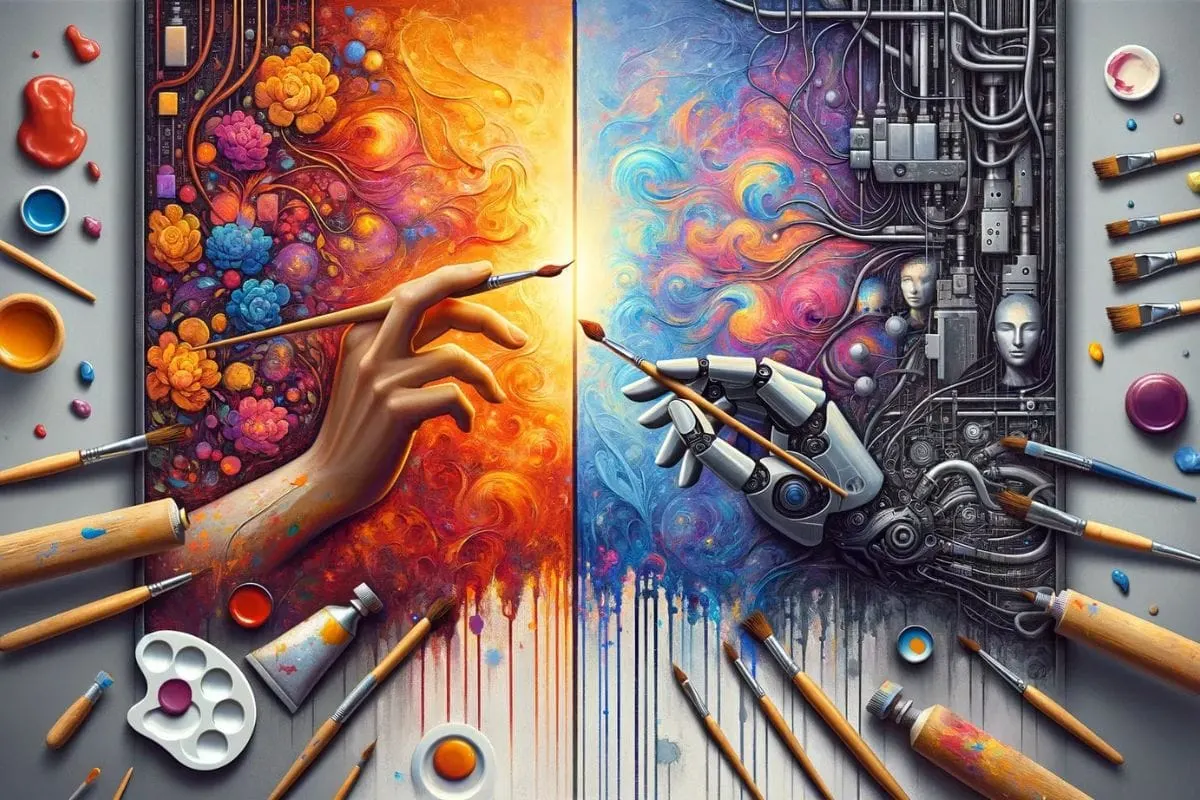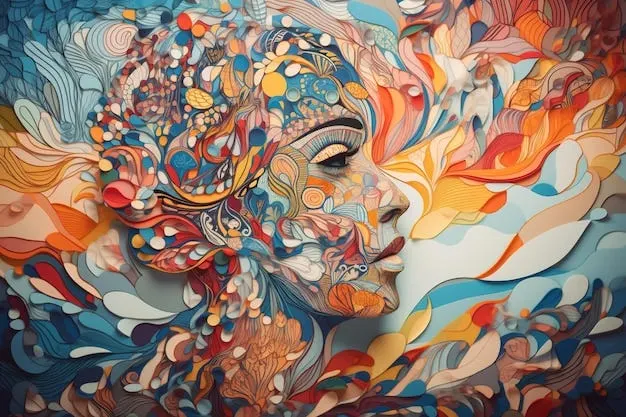Introduction
In a world where digital and performance art often exist only in moments, the question of how to preserve them for the future becomes critical. Unlike traditional art forms, which have physical permanence, ephemeral art is fleeting by nature. As artists increasingly explore mediums like performance, AR, VR, and digital installations, new challenges—and solutions—are emerging in the art archiving landscape.
This post, presented by Apache Plaza, dives into innovative practices, technologies, and debates surrounding the preservation of the ephemeral. From institutional efforts to cutting-edge tools, we explore how the art world is evolving to meet the archival needs of contemporary creatives.
Understanding the Ephemeral Nature of Art
Ephemeral art includes:
- Performance art – Temporary, often undocumented acts
- Digital installations – Interactive pieces relying on specific tech setups
- Net art & AR/VR works – Dependent on software platforms that evolve or disappear
- Environmental art – Designed to change with nature or decay
The challenge lies in the fact that these works were often created to be intentionally impermanent—raising questions about the ethics and accuracy of their preservation.

Challenges in Archiving Ephemeral Works
1. Technological Obsolescence
- Formats and devices used for digital art often become outdated.
- Software dependencies, platforms, and file types may no longer be supported.
2. Loss of Context
- A video recording of a live performance may fail to capture the audience interaction, atmosphere, or spatial dimensions.
3. Rights and Ownership
- Licensing digital art for long-term archiving involves navigating artist consent, copyright, and reproducibility.
4. Philosophical Dilemmas
- Should an artwork intended to vanish be preserved?
- Is documentation a new form of the artwork or simply a record?
Modern Approaches to Archiving Ephemeral Art
Here’s how the art world is adapting:
1. Documentation as Art
Museums and curators now view documentation—photographs, video, audio, or 3D renderings—as an extension of the art itself.
Example: The Solomon R. Guggenheim Museum archives performances via multi-angle video, artist interviews, and schematics, allowing future reinterpretations.
2. Emulation and Re-creation
Digital art can be emulated on newer systems or recreated with updated platforms to maintain interactive fidelity.
3. Blockchain for Authenticity
Blockchain verifies provenance and originality for digital works. Institutions like Rhizome use decentralized systems to archive net art.
4. Time-Based Media Preservation
Specialized departments handle media installations with data migration, format conversions, and controlled environments.
5. Artist-Informed Archiving
Institutions increasingly consult artists during or post-creation for preservation intent, tools, and methods.

Archival Techniques Comparison
| Archival Method | Best For | Limitations |
| Video Documentation | Performance art | May miss context/audience reaction |
| Code Emulation | Net & digital interactive art | Requires technical expertise |
| 3D Environment Capture | VR/AR installations | Large file sizes, not always accessible |
| Blockchain Verification | Digital asset provenance | Still emerging, scalability concerns |
| Artist Statements & Notes | All ephemeral works | Subjective, might lack technical detail |
Innovative Technologies in Action: Real-World Applications
Virtual Reality Preservation
Institutions like MIT and The Getty Research Institute are experimenting with VR to recreate performance environments, enabling future scholars to “step into” the artwork as it was experienced.
AI and Machine Learning
Machine learning tools can detect and catalog themes, patterns, and styles in ephemeral art for quicker archiving and classification.
Digital Twins
Some museums are using “digital twins” of entire exhibitions—perfect 3D models that replicate the layout, sound, and movement patterns in real-time.
See how the Tate Modern digitally archived its interactive 2012 exhibition “The Tanks” for reinstallation in 2040.
Best Practices for Artists and Curators
Artists should consider:
- Providing technical specs: Hardware/software requirements
- Documenting intent: What was the message, audience impact?
- Outlining rights: Clarify reproduction and access terms
Curators should:
- Involve IT teams early to ensure scalability
- Use open file formats where possible
- Archive metadata including timestamps, locations, audience size, and equipment used
Philosophical Questions Remain
While technology offers solutions, ethical questions persist:
- Are we altering the artwork by preserving it?
- Can a re-performance or emulated version ever be authentic?
- Should some works simply be allowed to disappear, as per the artist’s wishes?
There’s a delicate balance between respecting the transient and ensuring legacy—a theme explored further in our post on The Role of AI in Artistic Creation.
Frequently Asked Questions (FAQs)
Q1. Can performance art be archived without altering its meaning?
Yes, through multi-dimensional documentation and artist collaboration, it can be archived without losing its core essence.
Q2. How do museums preserve VR or AR-based art installations?
By using digital twins, emulators, and metadata-rich documentation to replicate the interactive experience.
Q3. What’s the most reliable digital format for archiving ephemeral art?
Open-source, non-proprietary formats like .TIFF, .WAV, or .MP4 are widely used to ensure future accessibility.
Q4. Are ephemeral artworks meant to be archived?
Not always. It depends on the artist’s intent, but new practices respect ephemeral integrity while allowing future access.
Q5. Is blockchain a safe way to preserve digital art?
It ensures authenticity and traceability, but it’s not a storage solution. It complements other archival methods.
Conclusion
As art continues to evolve, so too must our methods of preservation. Ephemeral works—once considered impossible to retain—are now being captured, reinterpreted, and even relived through advanced technologies and collaborative methods. Whether through VR reconstruction, artist-informed metadata, or blockchain certification, the future of archiving is as dynamic as the works themselves.




